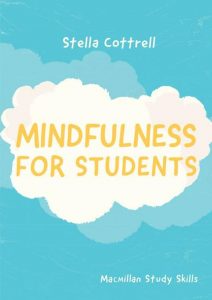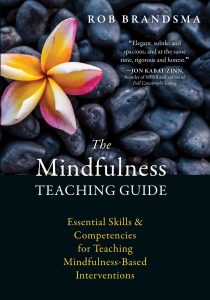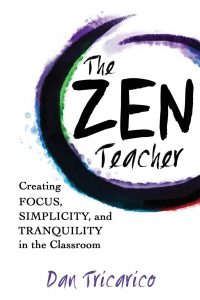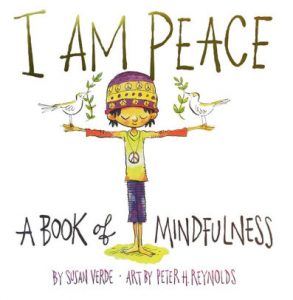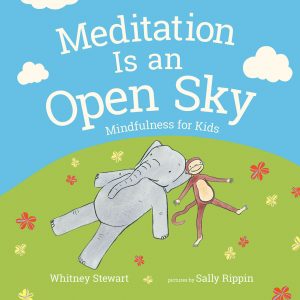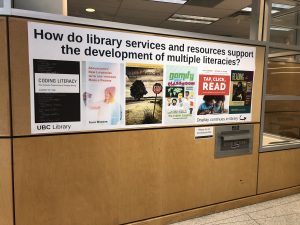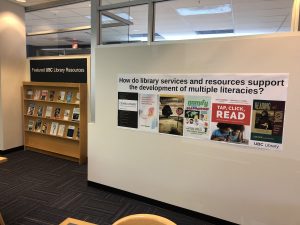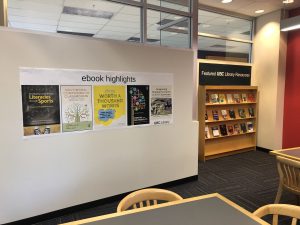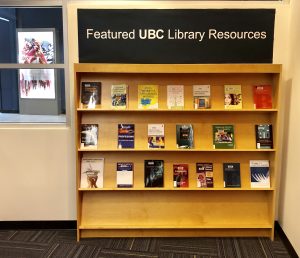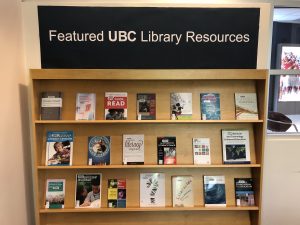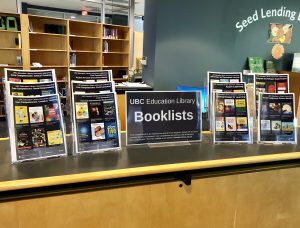Stay up to date on news, events and special features.
Books on mindfulness and meditation at UBC Education Library
With Canadian Bianca Andreescu’s amazing U.S. Open win on Saturday, people are talking about Andreescu’s use of visualization, mindfulness and meditation and how it might have contributed to her success. Andreescu credited her meditation practice to helping pave the way to her historic victory.
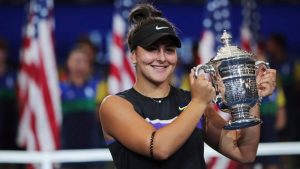
Learn more about mindfulness and meditation. You never know where it might take you… [photo credit: sportsnet.ca]
Below you will find just a small selection of UBC Education Library books on mindfulness and meditation to help you get started on your journey!
Click on the title or book cover to take you to the item in our catalogue.
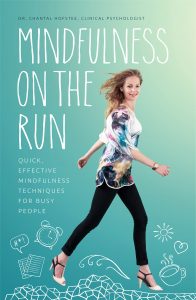
|
Mindfulness for students |
|
The mindfulness teaching guide: essential skills & competencies for teaching mindfulness-based interventions |
Zen teacher: creating focus, simplicity and tranquillity in the classroom |
| For Children: | |
|
I am peace: a book of mindfulness |
Meditation is an open sky: mindfulness for kids |
Critical Literacy and Selecting Indigenous Literature
The Education Library collection includes resources that support a number of activities, including educational research and teaching–both in the Faculty of Education and in K-12 schools. On our shelves, you will find picture books and curriculum items alongside scholarly works. Our hope is that you approach and evaluate all materials in our collection, and those you encounter in other libraries and classrooms, with a critically literate disposition.
What is Critical Literacy?
McNicol (2016) describes critical literacy in the following way: “critical literacy is concerned with the social and cultural contexts in which texts (including not simply written texts, but digital texts, multimedia, visual materials and so forth) are both created and read….The approach taken in critical literacy is not to read texts in isolation, but to develop an understanding of the cultural, ideological and sociolinguistic contexts in which they are created and read” (p. xi). Critical literacy requires us to go beyond what we read on the page to consider the larger narrative in which a text is situated, asking questions about who created a text and why.
Watch educator Dr. Allen Luke further discuss critical literacy, and the role of teaching in developing a critically literate approach to texts, in the following video:
The Learning Exchange. (2018). Allen Luke: Critical literacy.
Retrieved from https://thelearningexchange.ca/videos/allan-luke-critical-literacy-2/
Note that closed captions are available.
Indigenous Materials in the Education Library
The texts by and about Indigenous peoples in the Library collection have been added to our shelves (both physical and virtual) over the course of decades and, together, offer multiple representations of Indigenous peoples. In some cases, those representations are inauthentic, problematic, and inaccurate. Those materials remain in the collection to support current and future research but may be unsuitable for use in K-12 schools, at least without properly contextualizing and carefully considering the purpose behind their use. We encourage teacher candidates to apply a critically literate approach to selecting materials from the Library to support their teaching about Indigenous peoples, perspectives, and principles of learning, seeking authenticity in the texts they choose.
According to the First Nations Education Steering Committee (2016), authentic texts are “historical or contemporary texts that:
- present authentic First Peoples voices (i.e., are created by First Peoples or through the substantial contributions of First Peoples);
- depict themes and issues that are important within First Peoples cultures…;
- incorporate First Peoples story-telling techniques and features as applicable….” (“What are Authentic First Peoples Texts?”)
To get a sense of the varying representations of Indigenous peoples found in our collection, have a look at some of the problematic titles we’ve pulled for the display. Then, compare them with the authentic alternatives. What differences do you see?
References
McNicol, S. (2016). Critical literacy for information professionals. Retrieved from http://tinyurl.com/yyoaoxoz
The Learning Exchange. (2018). Allen Luke: Critical literacy. Retrieved from https://thelearningexchange.ca/videos/allan-luke-critical-literacy-2/
First Nations Education Steering Committee. (2016). Authentic First Peoples resources k-9. Retrieved from http://www.fnesc.ca/wp/wp-content/uploads/2015/06/PUBLICATION-61502-updated-FNESC-Authentic-Resources-Guide-October-2016.pdf
September Display and Workshops: How do library services and resources support the development of multiple literacies?
Our new major book display is up just in time for the start of the new academic year! The theme is “how do library services and resources support the development of multiple literacies?”
Browse this display on the main level of the library just outside the Young Learners Library.
The display is designed to complement the Unlock Library Literacy workshops that each teacher education student will participate in as part of LLED 350 or LLED 360 during September. Students will actively explore a selection of library resources and get to know the Education Library at the same time. Exploration stations are focused on themes of Indigenous perspectives and critical literacy, differentiated reading materials, leisure reading, coding and computational thinking resources, and “making” stories through unplugged STEAM activities.
The following essential questions are our guides for exploration:
What role does the library play in literacy education? How do library services and resources support the development of multiple literacies?
The Unlock Library Literacy workshops model a gamified approach to learning design. Research indicates that gamification of education can improve learning outcomes, engagement and motivation, self-efficacy, and knowledge retention (Rabah, Cassidy, & Beauchemin, 2018). During the workshops, students will receive a series of numbers after completing each station, which can be used to unlock a box and get a surprise.
Reference:
Rabah, J., Cassidy, R., & Beauchemin, R. (2018, November). Gamification in Education: Real Benefits or Edutainment?. In European Conference on e-Learning (pp. 489-XIX). Academic Conferences International Limited.
Collection Spotlight: Oh, the Places You’ll Go! Books for Teachers
Hello new patrons! Welcome to UBC Education Library!
Visit our Collection Spotlight located in the main breezeway area of our branch. This spotlight changes twice a month, and sometimes more! Here you’ll find an assortment of books that will highlight a theme, a holiday, or a subject in our collection, displayed in a way that makes it easy for you to view and browse.
Feel free to borrow any book you see on these shelves as we “restock” this area daily!
